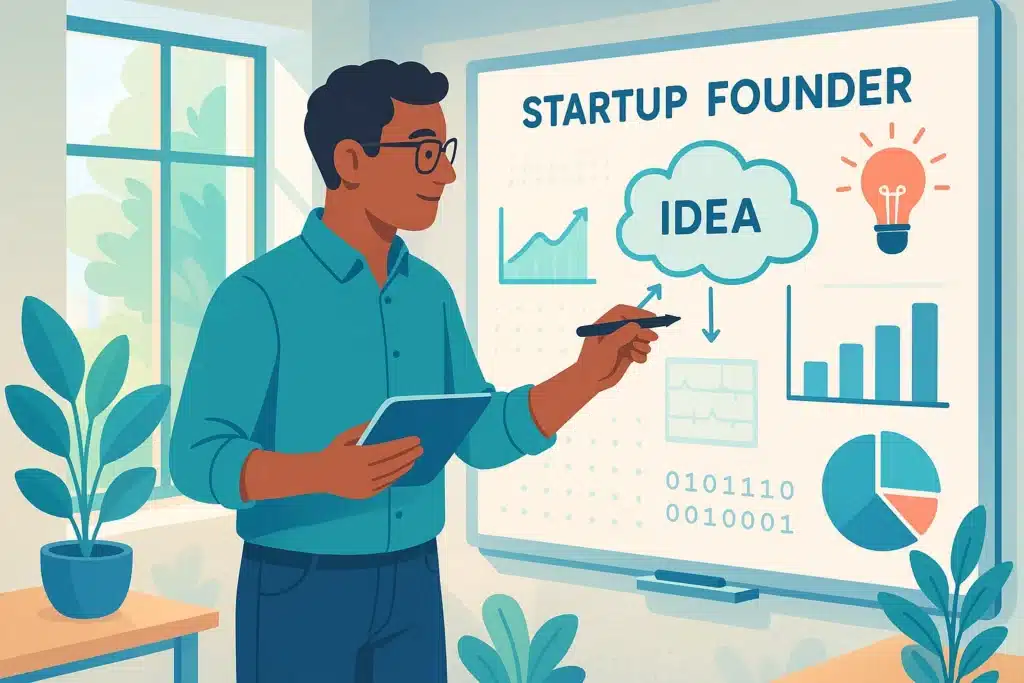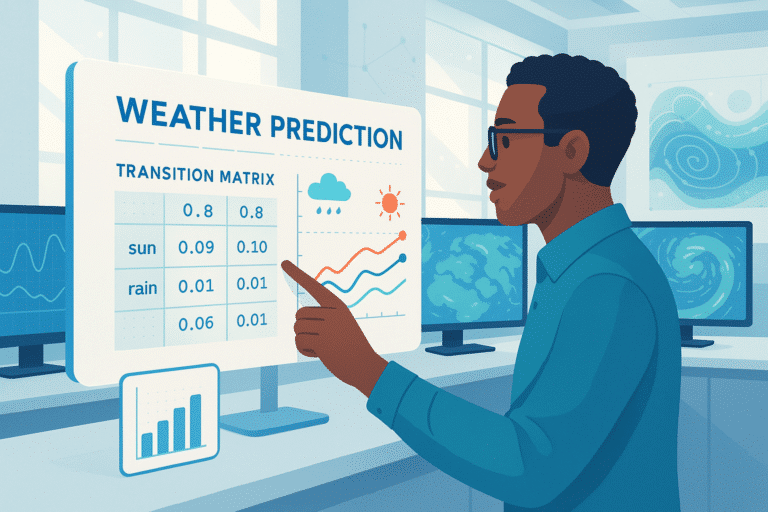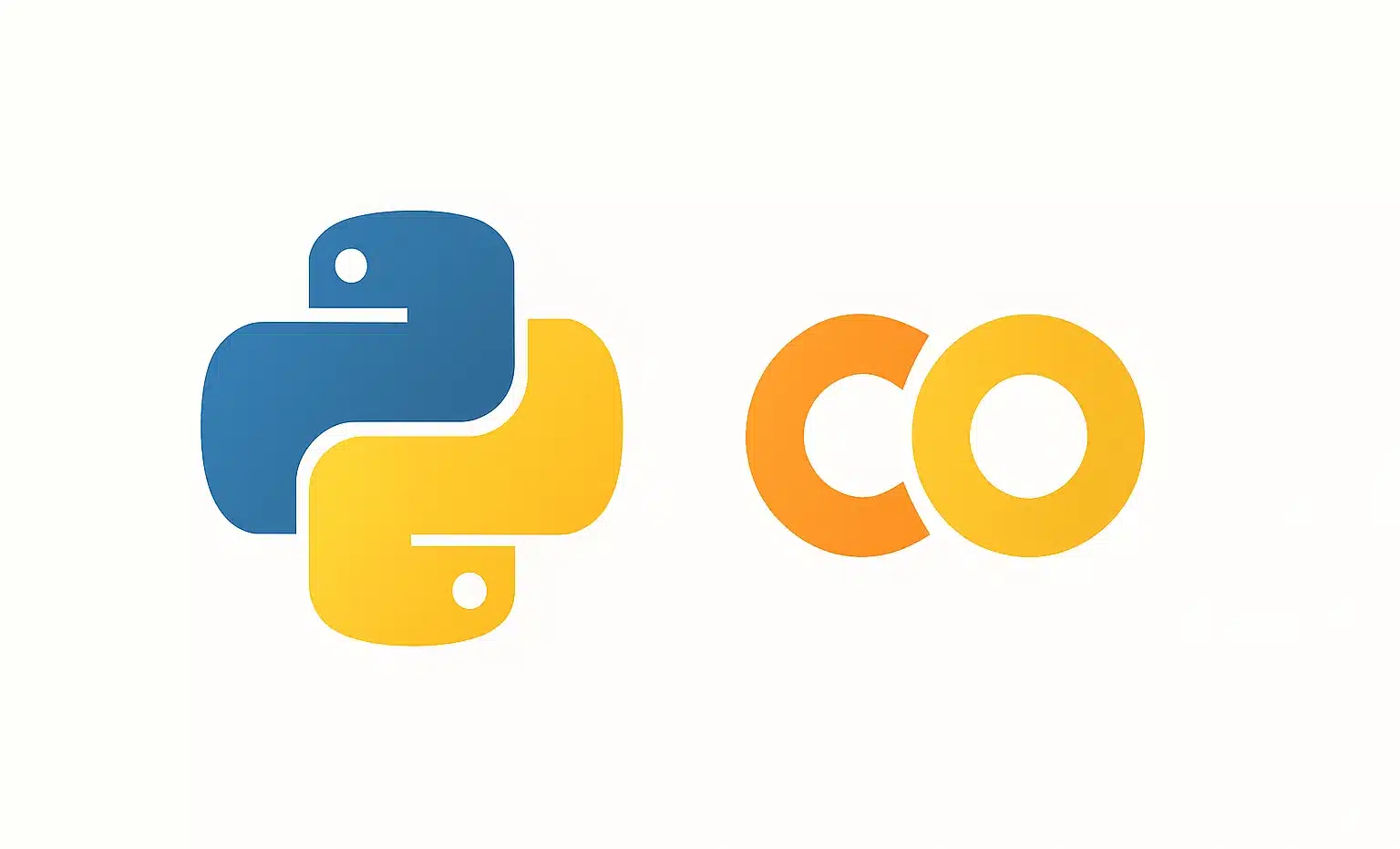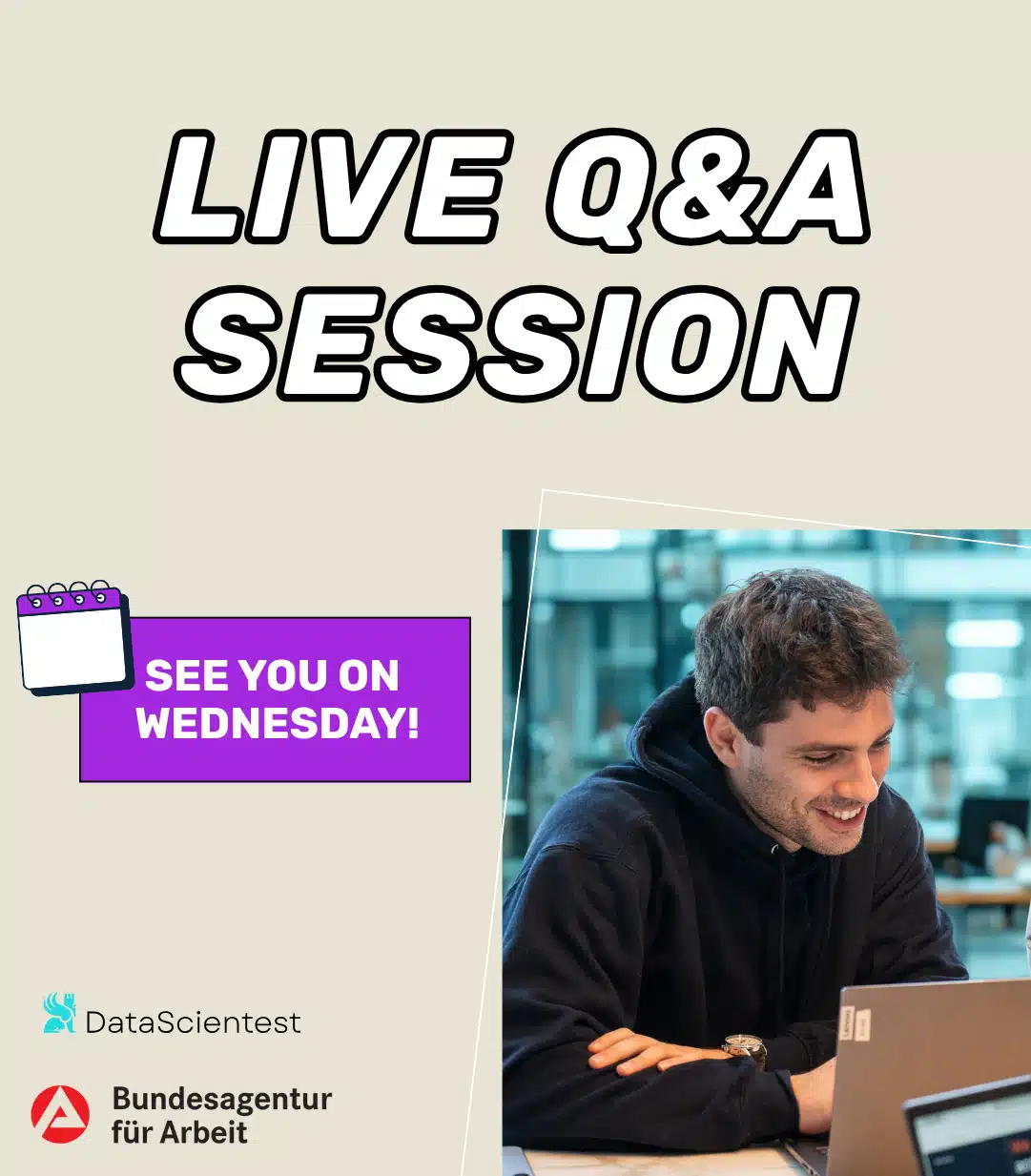The Minimum Viable Product is a method that involves creating a simplified yet functional version of a product to quickly test an idea in the market. Discover why it has become an essential strategy for startups!
Building a digital product often feels like a race against time. Too slow, and a competitor overtakes you. Too fast, and you risk failure with a weak concept. The result: 90% of startups fail, with 42% attributing this to launching a product that didn’t meet… any real need.
To prevent such a disaster, an approach gaining traction in innovation labs, incubators, and even within scale-ups is the Minimum Viable Product (or MVP, for those in the know). An MVP is not a mere stripped-down version. It’s an intelligent version, crafted to learn rapidly, test an idea without gambling everything, and lay the groundwork for a solid product… or abandon it at the right moment.
So, why has it become a go-to strategy for entrepreneurs? How do you use it effectively, and most importantly, how do you assess its success?
What is an MVP (and what is it not)?
The Minimum Viable Product, or produit minimum viable in French, is a concept popularized by Eric Ries in his book The Lean Startup. The idea is not to wait for a “finished” product before launching. Instead, create a minimal yet functional version, just developed enough to test a value hypothesis on a target market. It’s the smallest product capable of yielding genuine feedback. It’s not a static mockup or a prototype kept in-house but a real test with real users.
However, be cautious of the confusion: a prototype is a mockup or a POC (proof of concept), often inaccessible to the public. An MVP is already a usable product, albeit limited. It must enable action, measurement, and decision-making. It only needs to be good enough for users to interact with it, allowing you to glean concrete insights. It’s akin to a movie trailer that entices you to see more… or reveals it might be best to skip it.
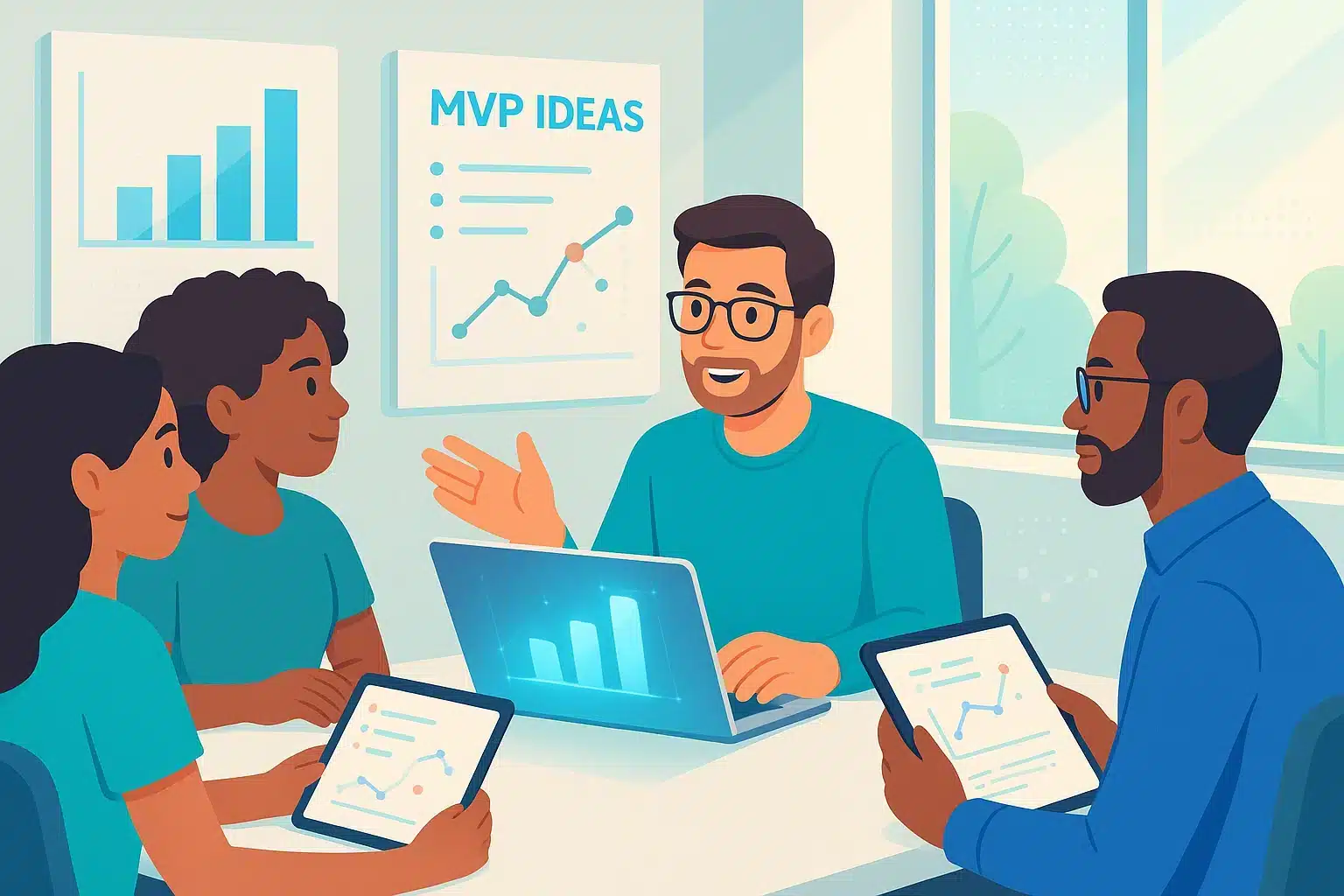
Why has the MVP become a strategic reflex?
Today, tech budgets are under scrutiny, and each month of delay can be catastrophic. That’s why the MVP has become a survival tool and an innovation driver. Statistics are clear: startups that undergo an MVP phase have a 20% higher chance of surviving beyond 5 years.
Why? Because they avoid blindly rushing towards failure. Because they test their idea on the ground before investing €150k in a product no one wants. Most importantly, an MVP allows a significant reduction in costs. Initial development savings can reach 70%, according to various studies.
It also minimizes the risk of product failure by quickly confronting the idea with reality. It’s also a means to gather tangible user feedback, far more effective than internal brainstorming sessions among founders. This approach also provides material for investors. Real traction, even modest, is preferable to an elaborate business plan.
Thus, 72% of startups now rely on MVP logic. And it’s not just for small ventures; even tech giants use this strategy to launch new features, test service concepts, or validate a pivot.
The ingredients of a successful MVP
An MVP is a structured test. For it to succeed, it must focus on essentials without oversimplifying. Successful MVPs often share four elements.
First, a clear user problem. No solution exists without a problem. The MVP must address a tangible issue experienced by a defined target audience. Absent a pain point, there will be no use.
Next, a unique and focused feature. It’s unnecessary to cover everything. You only need to demonstrate that you solve something. One button can be sufficient if its ensuing action adds value.
The third point: a format that can be tested rapidly. One-page site, no-code application, video, chatbot, Google form—the MVP doesn’t need a complex backend. It merely needs to be testable in real conditions.
You also need a way to measure the response. An MVP without metrics is like a GPS without signal. You need to know if your idea pleases, disappoints, or leaves users indifferent. So plan your indicators to follow from the start (we’ll revisit this in section 5). The product must be raw but effective, designed to maximize learning in minimal time.
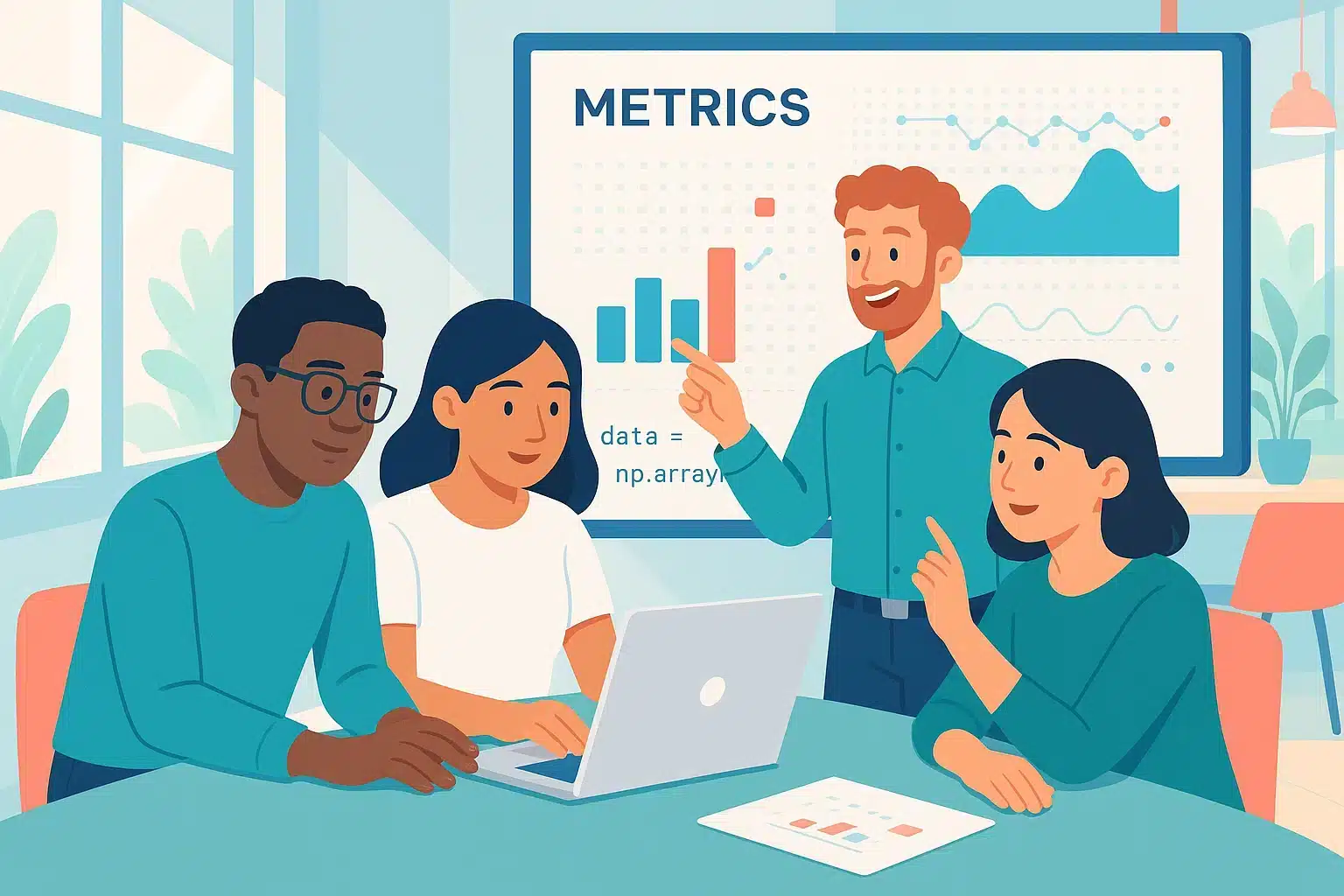
Concrete (and brilliant) examples of MVPs
There’s nothing like case studies to understand the power (and simplicity) of a well-crafted MVP. As you’ll see, projects that became unicorns didn’t start out with €1 million and a team of 30 developers.
Take AirBnB for instance. Initially? Two inflatable mattresses in a San Francisco living room, a hastily built website, and a few photos. The aim: test if people would be willing to pay to sleep at someone’s house. Spoiler: yes. Today, the company is valued at over €90 billion.
The same strategy was adopted by Dropbox. Before writing any code, the team released a simple demo video demonstrating how the future service would function. Within days, the waitlist exploded—a clear validation of the need, achieved without a single line of real code.
Similarly, the founder of Zappos wanted to verify the idea that people would buy shoes online. He casually snapped photos of shoes in local stores and launched a basic website. For each order, he would purchase the pair from the store and ship it out. Not a scalable model, but enough to validate interest.
What do they share in common? A clear idea not yet industrialized, a minimalist yet credible test, and a genuine feedback channel (customers, users, metrics).
The takeaway is that the initial goal isn’t massive sales but to prove people are interested in what you offer. If they are, you’ll have time to invest. If not, you’ll have avoided a financial disaster.
The KPIs to follow
An MVP is meaningful only if accompanied by measurement. You’re seeking to learn, and learning requires reliable data. Key metrics according to experts include DAU (Daily Active Users), weekly growth, 30-day retention rates, and conversion rates. Customer acquisition costs must be lower than their lifetime value. Monitor the satisfaction and recommendation rates too. To ensure the experience isn’t distorted, observe loading times and technical stability.
Additionally, even symbolic, the initial revenue generated is an excellent signal. The primary aim is to validate a hypothesis, not merely accumulate clicks. The numbers should answer this question: “Does what I’m offering hold enough perceived value for someone to use, like, or pay for it?” If the results are weak? It’s still a victory, as you avoid pursuing a failing direction.
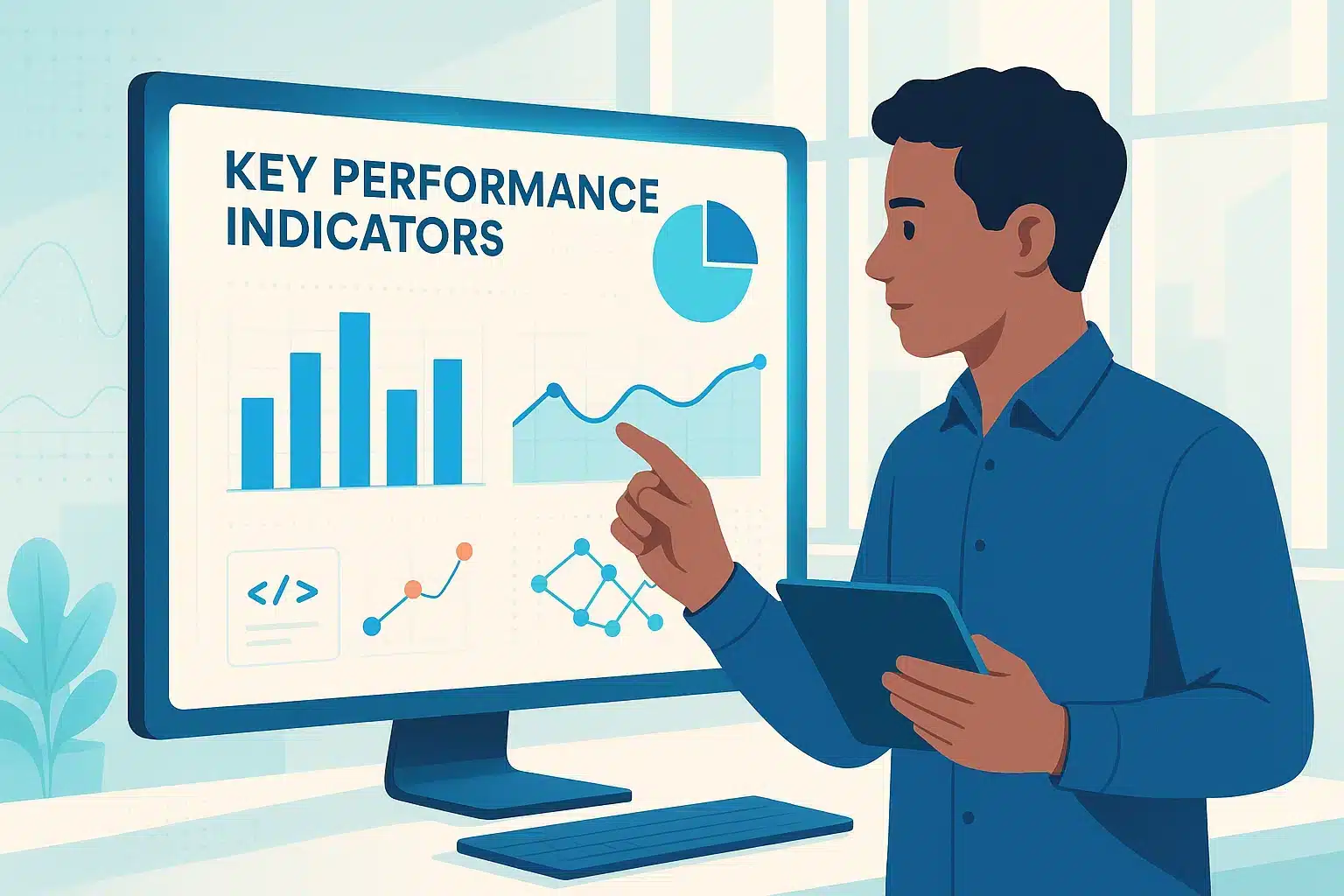
Building your MVP
A successful MVP requires a thorough approach divided into 5 main steps. Quick to launch but solid in logic.
First, identify a key hypothesis to validate. For instance: “Freelancers are willing to pay for automatic invoice management” or “Parents of teens are seeking an app to limit TikTok use.” This hypothesis guides everything else.
Next, determine the minimum functionality to test it. No need for complexity. What is the crucial action that would validate this hypothesis? A sign-up, a click, a purchase? Focus on that.
The third step is to select a quickly developed format. Landing page, video, form, no-code app, chatbot—regardless of the format, it should allow real interaction. Ensuring it’s “clean” enough not to deter users is essential.
Then, plan the success metrics (before launching). The KPIs mentioned in section 5 should be established from the outset. Otherwise, you’re navigating vague impressions.
Finally, it’s time to launch, measure, learn, adjust. Post-launch, the MVP shouldn’t remain static. It serves to educate. Each feedback, each data point, each drop-off provides a clue for intelligent iteration.
The right tools to create a quick (and cheap) MVP
Good news! Creating an MVP has never been easier. Thanks to no-code tools, design-first approaches, and analytics platforms, you can test an idea without knowing how to code, without a dev team… and without breaking the bank. The No-Code / Low-Code approach is perfect for constructing a functional MVP in just a few days, without writing a single line of code.
Mentioning tools like Bubble, with its comprehensive visual web app capabilities, or Glide, which transforms a Google Sheet into a mobile app, is essential. Among the go-tos, there’s also Softr for building web platforms swiftly with Airtable, and Adalo for mobile MVPs using drag & drop. There are also tools for designing, mocking up, and testing experiences before any coding occurs. For UI/UX design, there’s Figma, Maze for rapid remote user tests, and Typeform / Tally for forms aimed at validating needs.
Moreover, analytical tools are crucial for understanding user interaction with your MVP. Utilize Hotjar for heatmaps, Mixpanel for behavioral analysis, or Google Analytics / GA4 for traffic, conversions, and sources. With the right combination of tools, you can launch a viable MVP in 1 to 2 weeks, at a minimal cost… and substantial learning.
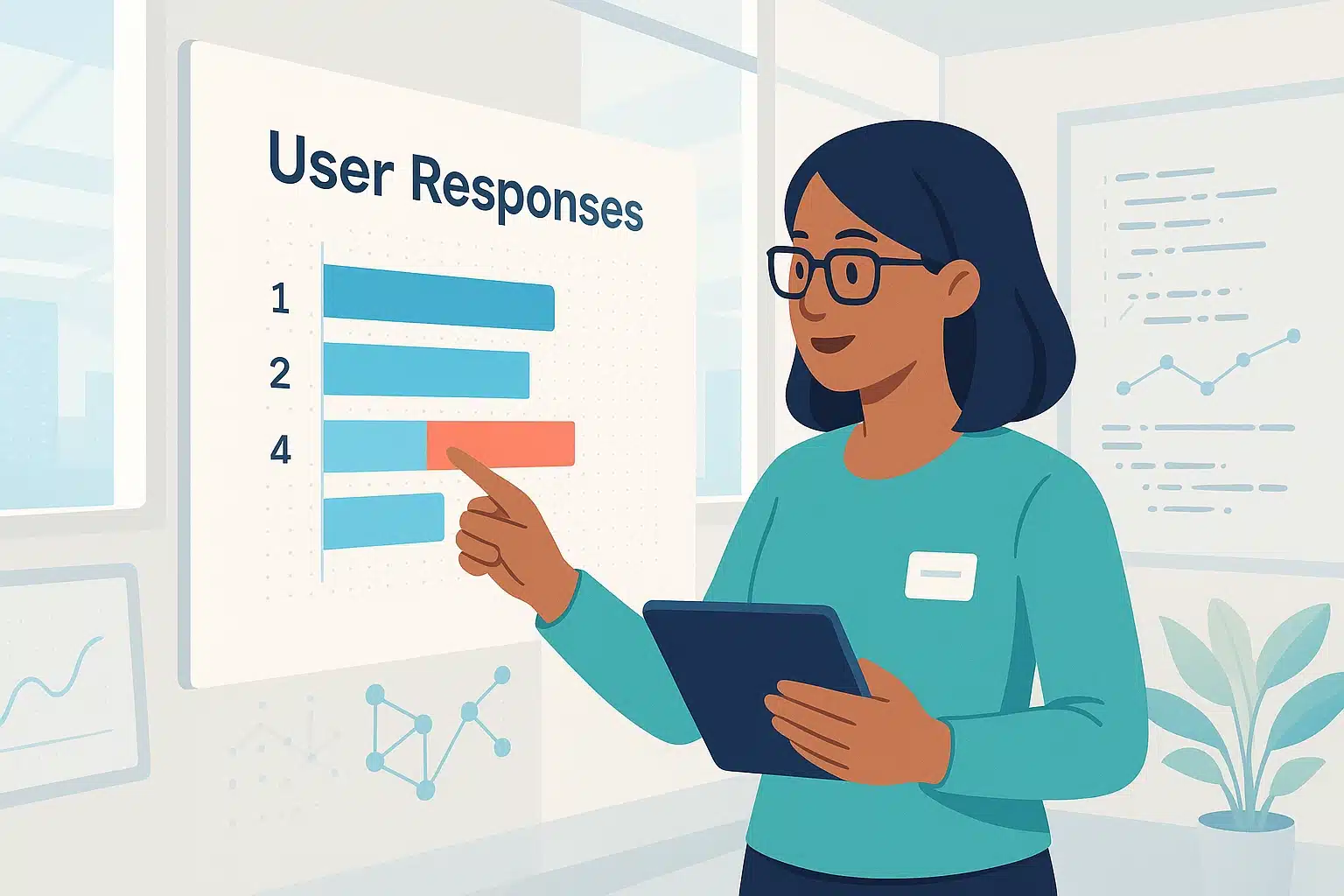
And then? The 3 scenarios after the MVP
Rather than an endpoint, the MVP serves as a compass for deciding future steps. Typically, options are limited to three paths: If it works, you scale. The hypothesis is validated, users are engaged, some are paying? That’s a green light for developing a more complete, robust, scalable V1. If it stumbles, you pivot. The initial idea isn’t taking off, but feedback suggests an alternative path? Great.
You’ve uncovered a new need. You could adjust your positioning, your target audience, or your offering. If it flops, you stop. No interest, no clicks, no desire. The signal is clear: it’s wiser to cut losses now than persist fruitlessly. And that’s perfectly fine. A quick, measured, and accepted failure is a valuable failure. As Reid Hoffman (LinkedIn co-founder) advises: “If you’re not embarrassed by the first version of your product, you’ve launched too late”.
Minimum Viable Product
Launching a product is not about racing to perfection. It’s about seeking alignment between an idea and a real need. The MVP allows you to ask the right questions… before depleting your budget.
When tested strategically, measured comprehensively, and iterated methodically, it can turn a mere concept into a solid startup or spare you months of needless work. So before coding a platform, crafting an app, or getting lost in features… test your idea. As soon as possible. As simply as possible. That’s the essence of innovation.
If you wish to master MVP creation methods, explore no-code tools, or grasp how to test and evolve digital products through data and AI, DataScientest is here to assist you. We offer training in artificial intelligence, development, or product management.
They provide all the tools needed to design practical products, validate your ideas with data, build prototypes in real-world conditions, and transform these into robust, scalable solutions. With a focus on practice-oriented pedagogy, you’ll learn to design MVPs, iterate effectively, and acquire a recognized certification.
Our courses are available in bootcamp, alternation, or continuing education, with potential funding through CPF or France Travail. Discover DataScientest and bring your ideas to life, one step at a time.

You now know all about MVPs. For further insights on this topic, explore our full article on Figma, and our article on Bubble!

